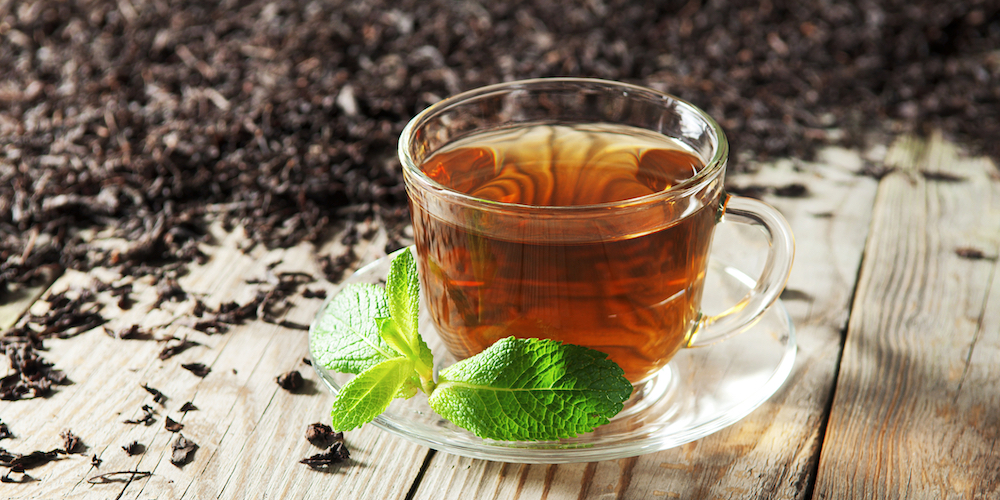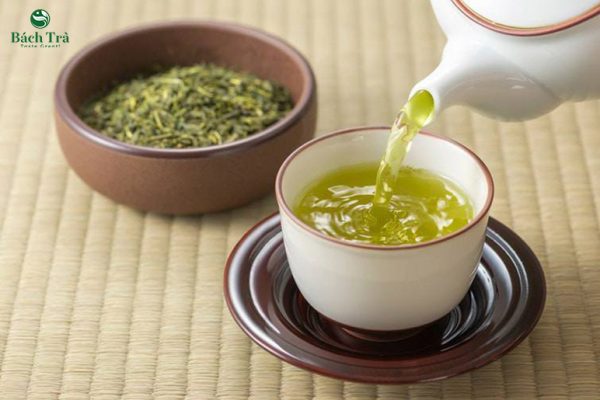When it comes to choosing between green tea and black tea, many tea lovers wonder what sets these two popular beverages apart. Both are made from the same plant, Camellia sinensis, but they differ significantly in processing, flavor, caffeine content, and health benefits. Understanding these differences can help you choose the right tea for your lifestyle and taste preferences.
1. Processing Method
The most significant difference between black tea and green tea lies in how they are processed after harvesting.
- Green tea is minimally processed. The leaves are quickly steamed or pan-fired to prevent oxidation, which preserves their natural green color and delicate flavor.
- Black tea undergoes full oxidation. After withering and rolling, the leaves are left to oxidize, turning dark brown or black. This process gives black tea its bold, rich flavor and darker appearance.

2. Flavor Profile
Due to their distinct processing, green tea and black tea offer very different flavor experiences.
- Green tea has a fresh, grassy, or slightly vegetal taste. Some varieties may be sweet, floral, or even nutty depending on their origin.
- Black tea is stronger and more robust, often described as malty, smoky, or earthy. Some blends, like Darjeeling, may have fruity or muscatel notes.
3. Caffeine Content
If you’re sensitive to caffeine or looking for a pick-me-up, the caffeine content is another key factor.
- Black tea typically contains more caffeine than green tea, averaging 40–70 mg per cup.
- Green tea offers a gentler energy boost, with about 20–45 mg per cup.

Despite the difference, both teas contain L-theanine, an amino acid that promotes relaxation and focus without causing a crash.
4. Health Benefits
Both green tea and black tea are rich in antioxidants, but they contain different types due to their oxidation levels.
- Green tea is especially high in catechins, particularly EGCG, known for powerful antioxidant and anti-inflammatory effects. Studies suggest green tea supports weight loss, heart health, and brain function.
- Black tea contains theaflavins and thearubigins, which help reduce cholesterol and support gut health. It may also help improve alertness, blood pressure, and metabolism.
5. Cultural and Culinary Uses
- Green tea is a staple in East Asian countries like Japan and China. It’s often consumed plain and also used in matcha lattes, desserts, and skincare products.
- Black tea is more common in Western countries and South Asia. It’s frequently enjoyed with milk and sugar or infused with spices, as in masala chai.
Conclusion
Choosing between green tea and black tea depends on your personal preferences for taste, caffeine level, and health goals. If you want a lighter, more refreshing drink packed with antioxidants, green tea may be your go-to. For a bold, energizing beverage with digestive and heart health benefits, black tea is a great choice.
No matter which you choose, both teas are excellent additions to a healthy lifestyle.
